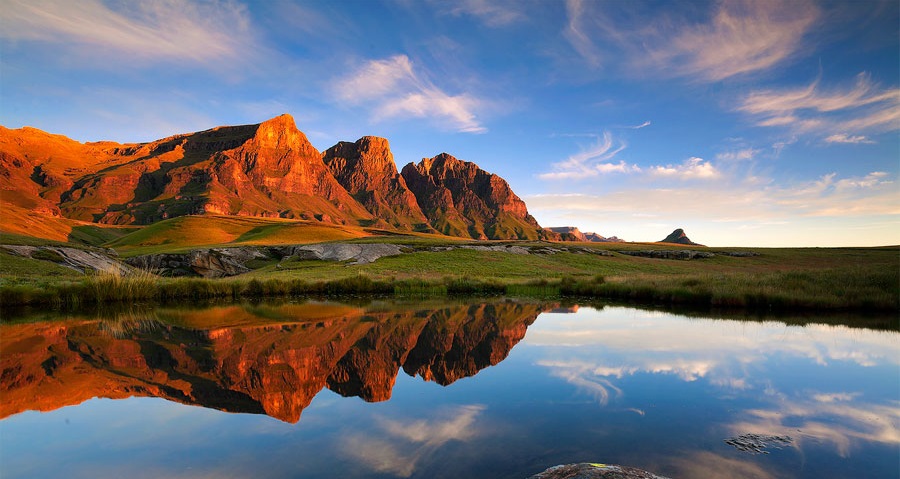Uncategorised
.
08 May 2024
.
Uruguay

The Oriental Republic of Uruguay is a South American country in the Southeastern region. It borders Brazil to its north and east, the Rio de la Plata (River of Silver) to the south, the Atlantic Ocean to the southeast and Argentina to its west. It has its capital and largest city in Montevideo, a city in which 1.8 million people live. Uruguay is geographically the second smallest nation in South America. The name Uruguay comes from the Uruguay river which means 'river of the painted birds' in the Guarani language. The river starts in Brazil and ends in the Rio de la Plata Basin which forms the water border between Uruguay and Argentina.
Uruguay has a humid subtropical climate. It is temperate with mild winters and hot summers and quite rainy year round. Because of its mild climate, the country can be enjoyed throughout the year. Best months to visit are December through February. It has four seasons. The spring and summer from October to March, autumn from April to June and winter from July to September.
There is no formal religion in Uruguay. There are Catholics, Non-Catholic Christians, Umbandists or animists, jews and a small atheist and agnostic population. The culture of Uruguay is known to be heavily influenced by Europe with some African influences. It is one of the most multicultural countries in South America. The main influences come from Spain and Portugal. Armenian, Swiss, Russian, French and German influences also exist.
Most Uruguayans are descended from colonial-era settlers and immigrants from Europe with 96% of the population being of European descent. The rest of the Uruguayan population is Black/Afro-Uruguayans of African descent and about 2% are of Asian descent. Spanish is the official language of Uruguay. Portuguese, Yiddish, Italian, German, Catalan and Plautdietsch are also spoken by small sections of the population. Montevideo is cosmopolitan and people tend to dress in European styles. Jeans are popular and should be worn with t-shirts or camisoles for the summer and long-sleeved shirts with sweaters for the winter. Light wool is a good choice too.
Uruguayan cuisine is greatly influenced by Spanish and Italian emigrants. Asado, arroz con leche, tortas fritas, capeletis a la caruso, chivito and chajá are some of the dishes of Uruguay.
Uruguay is a country combining natural scenery, culture and city scapes. Some tourist attractions in the country include:
- Estadio Centerario: It is the biggest football stadium in the country and was built in 1930 for the first ever World Cup. You can also visit the museum in the stadium to learn about Uruguay's football history.
- Hot Springs: Visit the hot springs in Paysandú and Salto for a relaxing trip.
- Pan de Azucar: It is easily recognizable because of the big cross constructed on top. Do some hiking, climb to the top and experience the appeal of nature in its nature reserve.
- Punta Del Diablo: There's a nature reserve and an old fortress both called Santa Teresa, unspoiled beaches, seafood and a fishermen's town to explore.
- Colonial del Sacramento: Its historic quarter is a UNESCO World Heritage Site because of its colonial architecture and urban landscape. Colonial del Sacramento is surrounded by city walls that make you feel like it's suspended in time.
Uruguay has one of the highest adult literacy rates in the world with 98.1% of its adult population educated.
There are hundreds of hotels in Uruguay making accommodation of any standard pretty easy to cinch.

